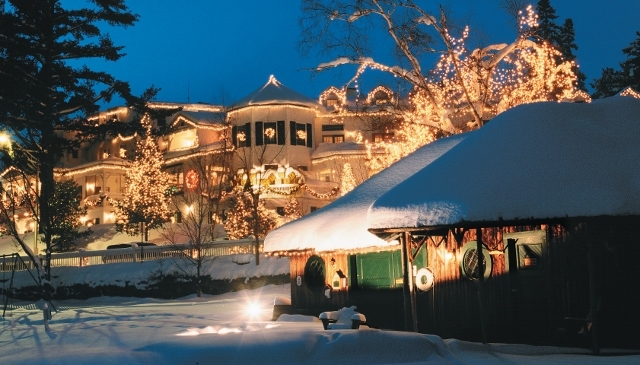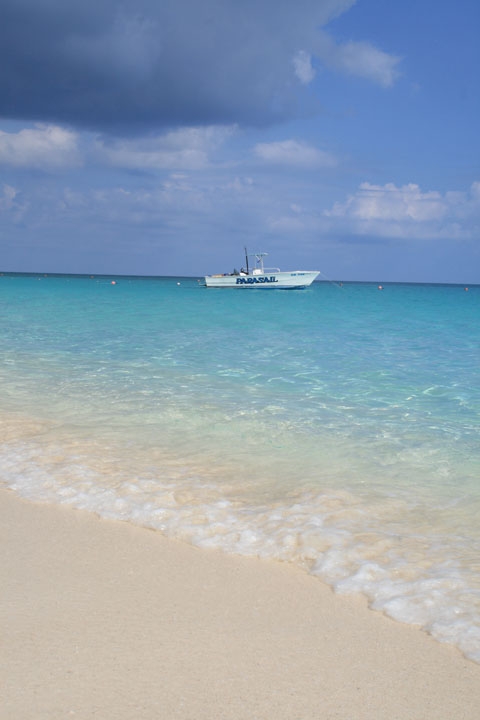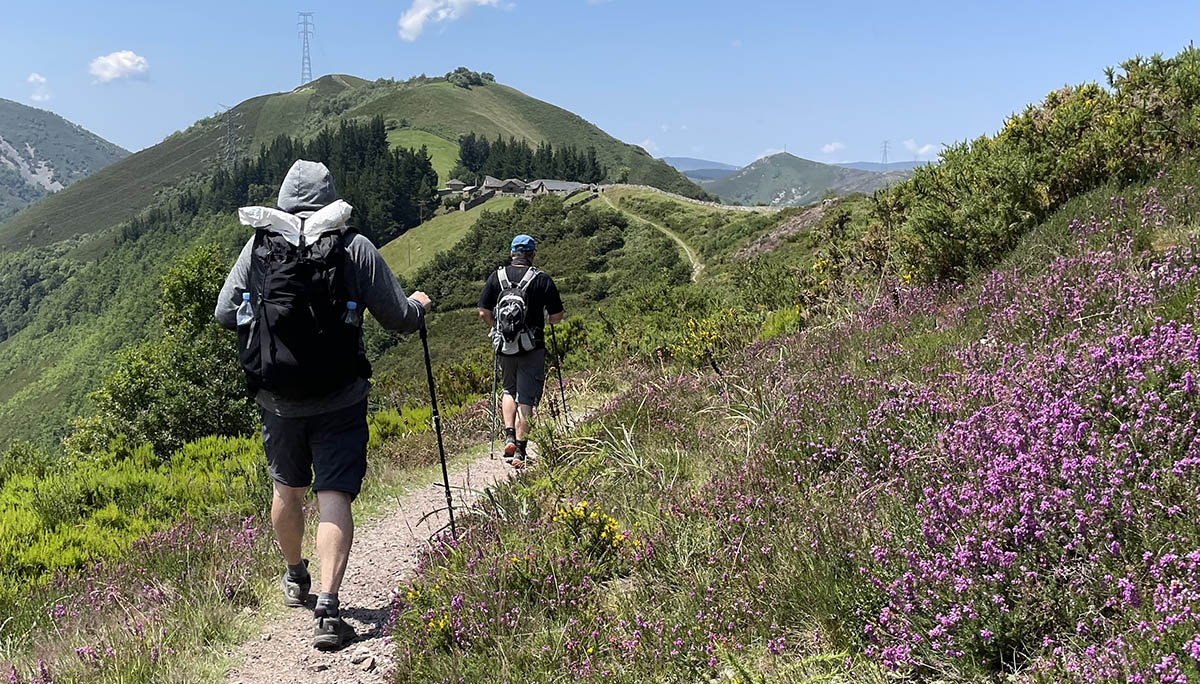
Hiking Smarter, Not Harder: Tips for Excelling on the Camino Trail
Since the Middle Ages, thousands of aspiring hikers and sojourners have embarked on the Camino de Santiago in pursuit of a journey that surpasses the ordinary. A curious Latin name describes the journey of these individuals: peregrination. When translated, it can mean “pilgrimage” or “voluntary abandonment of home and kin for ascetic purposes.” Peregrinatio converts our modern understanding of tourism, making it an experience of eternal value. Every year, the trails and mountains of Spain and Portugal become a sacred passage for those seeking this timeless adventure. However, to get the most out of the journey, preparing for weeks of hiking is necessary. The following tips from The Pilgrim Ways will equip you to get the most out of your pilgrimage.
1. Choosing your route
There are currently 281 Camino routes. Forty-nine of these are in Spain, which covers 9,940 miles, while nine routes go through Portugal, totalling 1,800 miles. It can be overwhelming to decide which route to choose. It’s important first to consider how far you want to walk and what type of scenery you’d prefer. If you are searching for a more contemplative route, more challenging trails like the Camino Portugues from Lisbon may be a good option. Due to less accommodation and a longer distance, there are likely to be fewer crowds.
The most popular one is the Camino Frances. As of 2019, 54.5 percent of pilgrims chose this trail, likely because it is best for beginners with its infrastructure, accessible accommodations and relatively flat terrain. However, our group chose the Camino Primitivo due to its mountainous scenery. According to the statistics for 2017, only 5 percent (about 12,000 people) of all Camino de Santiago pilgrims chose the Primitivo. This is partially because the Primitivo is more physically challenging with its many steep ascents and descents. Similarly, the Camino del Norte is a gorgeous coastal route, although it is one of the longest as it spans 825 km. For more information on the extensive options, check out this article.
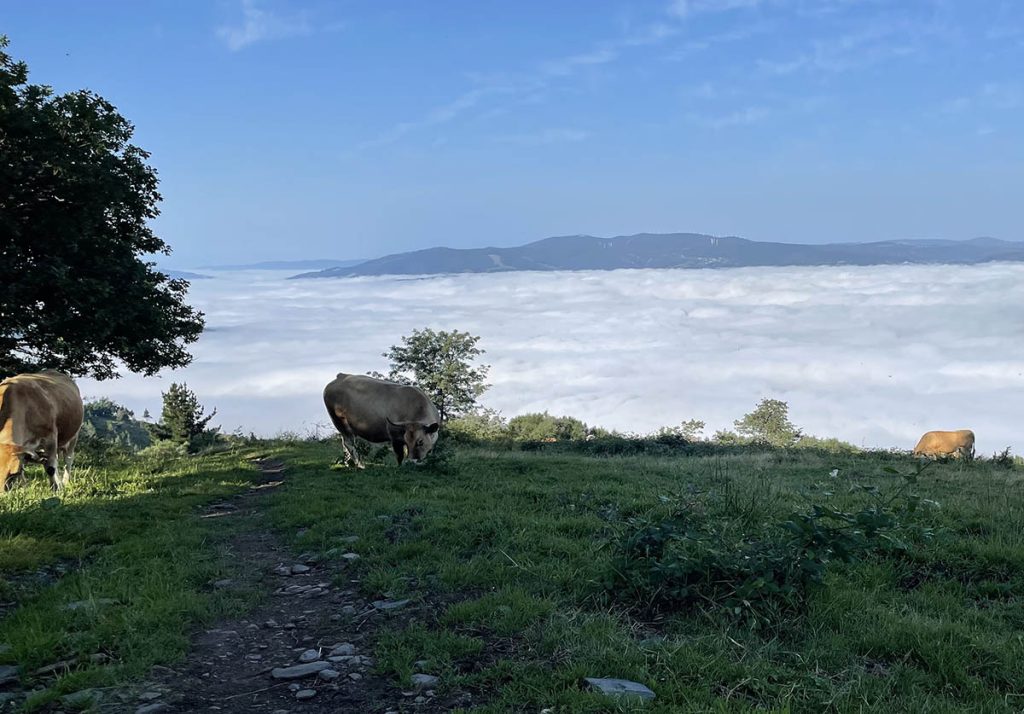
ABOVE: Views of mountain peaks above the clouds on the Camino Primitivo
2. Hiking Shoes
Two years before embarking on my Camino, I purchased a pair of high-length Columbia hiking boots. They were very comfortable but hindered my ability to finish the entire journey to Santiago. By the end of the trip, my feet had 2 massive blisters the size of golf balls. However, everyone in our crew who wore Hokas did not receive any serious blisters or experience extreme foot pain. For the sake of your own comfort, it is best to invest in a pair of lower-cut trail shoes from Hoka or Salomon.
3. Bags and Shipping
Although some hikers may be better equipped to pack lightly or carry one big backpack on the whole trail, I chose to ship my bag. Local correos are available to ship your bag between hostels on the trail for 5 euros a day. The maximum weight is 15kg and the maximum daily distance is 60km. Group discounts are available. Correos are closed on weekends, but are open from 8:30 AM-8:30 PM on weekdays. You can also complete the transaction online.
I found the Mountain Warehouse Carrion 80L Rucksack on sale from Mountain Warehouse which was the perfect size for all my belongings. As I opted to ship this bag, during the day I used the Gregory Sula 16 H20 Daypack from MEC (also on sale). I was beyond happy with this bag as it was comfortable, the perfect size and kept me hydrated.
4. Packing
Due to changes in weather, it is best to bring leggings or hiking pants for rainy days and shorts for when the sun makes an appearance. I also purchased The North Face Women’s Antora Jacket, which was lightweight but kept me perfectly dry through the summer storms. I would also recommend bringing a pair of lightweight sandals to wear in the shower and bathroom area. Merino wool is also an excellent investment as it keeps you warm or cool, dries quickly, and is odour-resistant. A laundry bag for wet items is also always a good idea, along with earplugs in case you encounter loud snorers in the albergues (hostels).
Although there are small shops or restaurants along the way, I did not regret packing granola bars. It is also important to bring a power bank. No phone can last an entire day, and it’s necessary to have access to a mapping feature to prevent getting lost. On the health side, pain from excessive walking is common. In case of emergency, bring an anti-inflammatory, blister tape, antibiotic cream and gauze pads.
5. Food
One of the highlights during my time on the Camino was the food. As we passed through different regions, we got to experience the culinary scenes. For example, Grandas de Salime is famous for its Oscos cheese, while pulpo (octopus) is a Galician speciality. The stews in Tineo with the sausages and different varieties of legumes were a personal highlight. Most restaurants on the trail have a pilgrims menu for 10-15 euros and includes three courses and wine. On the cheaper side, it is easy to find a tortilla (an omelette, not an actual tortilla) or a bocadillo (ham sandwich) for only a few euros. Plan for lunch along the way before 2 p.m., as many shops are closed between 2-4 p.m. and will reopen from 4:30 p.m.-8:00 p.m. for dinner.
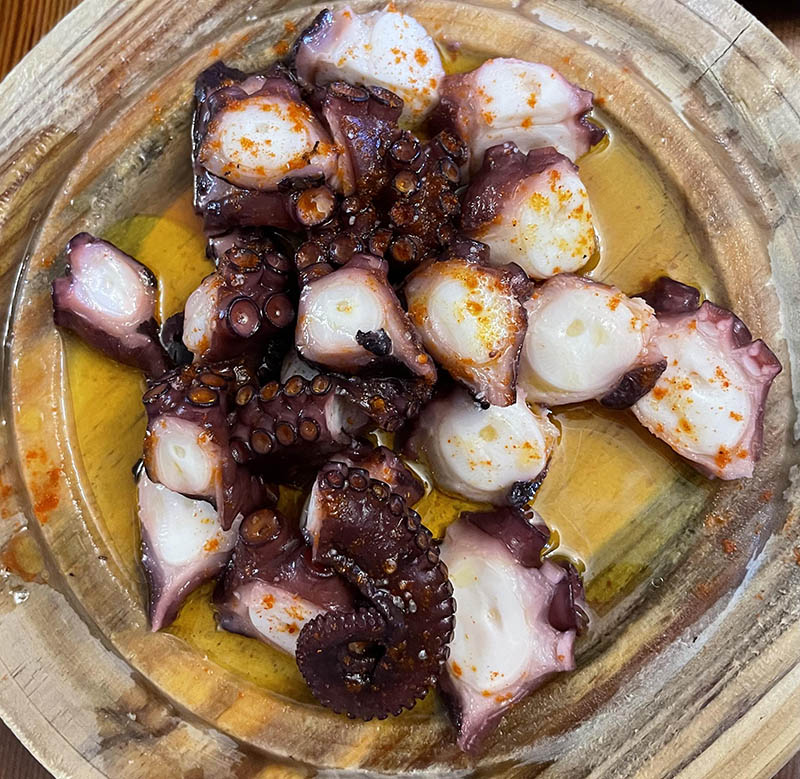
ABOVE: Pulpo is one of Galicia’s main specialities.
6. Navigation
It’s easy to get lost (in your thoughts). If there is fog, it’s possible to miss a sign. Use an app. You will want to check GPS routes as you walk, even though the signage is pretty good.
One of the top apps is Buen Camino (Way of St James), which has a satellite option to view the upcoming terrain, albergues and other points of interest along the way. It has bike routes in green and hiking trails in yellow (make sure to remember the difference). Camino Places is also extremely helpful with its locator feature and ability to track your progress, although sometimes there is a delay. Camino Tool is one of the best for following the map but requires the internet to find facilities. However, if you get lost, there are signposts and scallop shells to point you in the correct direction (although in Asturias, the hinge points in the proper direction, while in Galicia, the rays point the correct way).
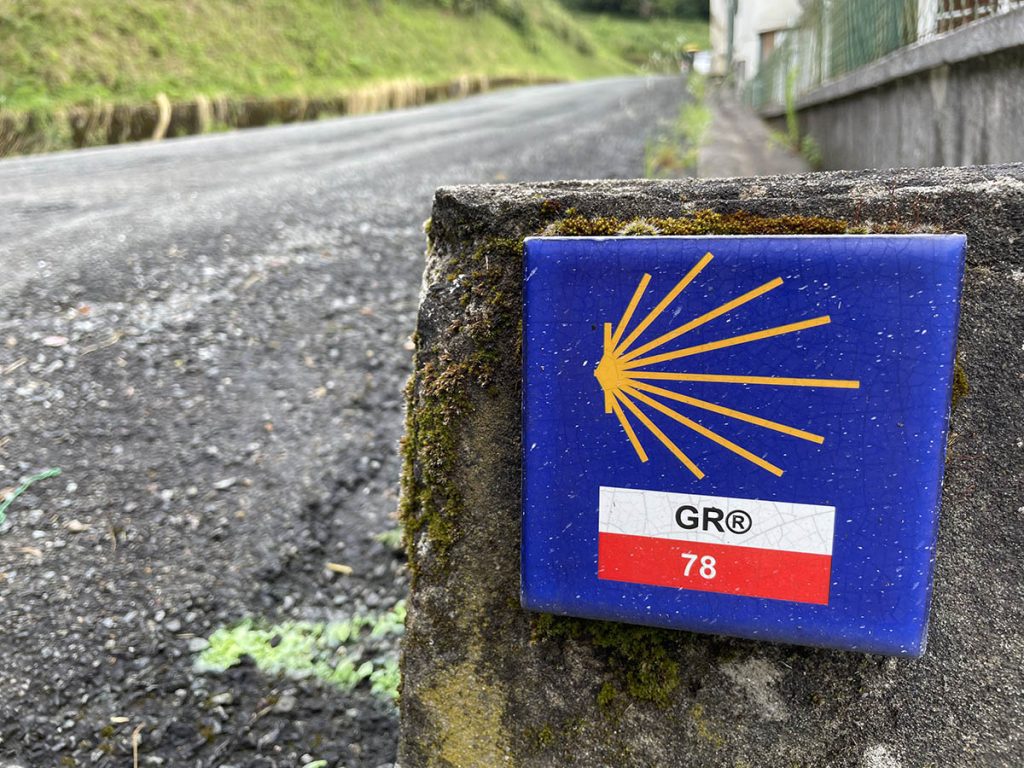
ABOVE: An example of one of the guiding shells on the trail
7. How to choose Albergues
An albergue is a hostel for pilgrims. A standard one has several dorm rooms with bunk beds and other shared areas. Most are situated along the route and easy to find. However, some are nicer than others, and it’s important to research reviews on Gronze.com to choose the best options. Prices range from six to eight euros a night for public albergues and 12-15 for private. You can typically find them on the way. However, to avoid bed bugs or other issues, it is best to research beforehand. You can also join the Pilgrim Ways summer guided tour, where only the best and most affordable hostels are chosen.
If you’ll be lodging in albergues, you must get a Credencial, or Pilgrim’s Passport, from the Cathedral cashier or a tourist information office. When purchased at the cathedral you get a three euro discount for access to the Catedral. The Credencial grants you access to some of the albergues later in the journey and is required if you wish to get a compostela at the end of the pilgrimage.
8. Passport
One of the main souvenirs from the Camino is a Compostela, a document which certifies that the Camino is completed. To get a Compostela, a pilgrim must fulfil three basic requirements: they must have taken the Camino for spiritual or religious reasons; they must have completed at least 100 km by foot or on horseback or 200 km by bicycle, on any of the routes that make up the Camino. Additionally, they must be able to accredit the distance covered.
To fulfill these requirements, pilgrims must carry with them the Pilgrim’s Credential (or Passport). The Credential is the document that accredits your status as a pilgrim. The Credential is an individual, non-transferable document that can be obtained from the various Friends of the Camino de Santiago associations, hostels, parish churches, and religious guilds of the Apostle Saint James. Pilgrims must get their Credential stamped in the towns they pass through to show that they have completed the minimum kilometres required. The stamps can be obtained at hostels, Friends of the Camino associations, churches and other places such as town halls, cafés or Correos post offices. Your Credential can have as many stamps as you like, but to receive the Compostela, Santiago Cathedral requires a minimum of two stamps per day during the last 100 km for pilgrims on foot or horseback, and during the last 200 km in the case of cyclists.
Read my personal account of an unforgettable Camino adventure here.



